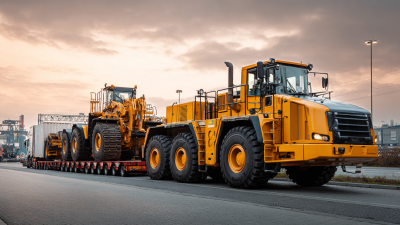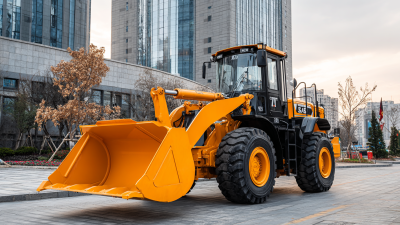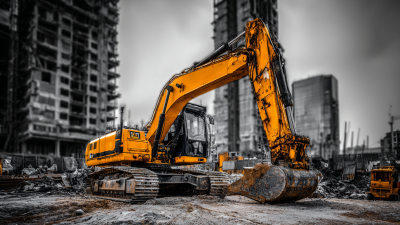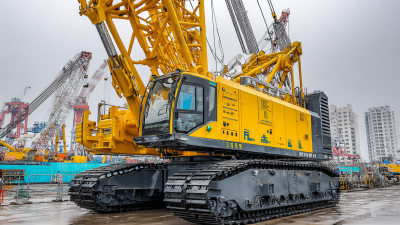Leave Your Message
-
Phone
-
E-mail
-
Whatsapp
In the competitive landscape of construction and landscaping, the choice of machinery plays a critical role in determining project success, and Sany Skid Steer models have emerged as a popular option among industry professionals. According to a recent report by the Construction Equipment Market, the global skid steer loader market is projected to reach $2.7 billion by 2026, driven by increased demand for compact machinery that delivers efficiency and versatility on job sites. Sany Skid Steer machines are specifically designed to meet this demand, offering a blend of innovative technology and robust performance that supports a wide range of applications, from excavation to material handling. This guide will provide essential tips and insights on selecting the right Sany Skid Steer for your specific project needs, ensuring you make an informed decision that maximizes productivity and value in your operations.
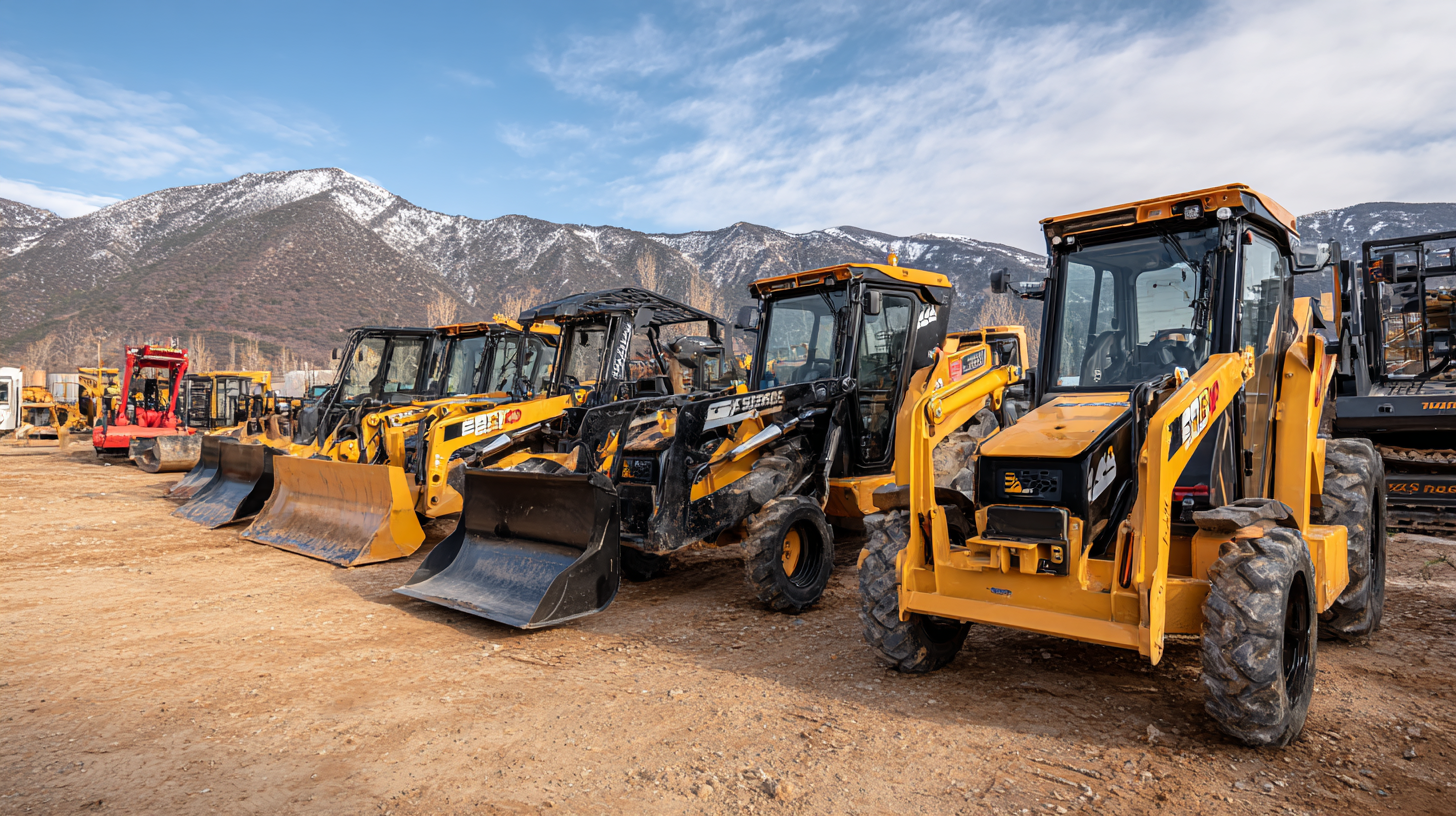
When selecting the right Sany skid steer for your project, it is essential to identify your specific project requirements first. According to the Equipment Leasing and Rental Association (ELRA), nearly 70% of construction managers consider the expected load capacity and terrain type as their primary criteria in equipment selection. This data implies that understanding your project’s demands—particularly weight distribution and ground conditions—will significantly influence your choice of skid steer.
Additionally, the operational environment should be assessed. A report by the Association of Equipment Manufacturers (AEM) indicates that 55% of equipment failures arise from inappropriate usage in unsuitable environments. For projects on soft or wet ground, a Sany skid steer with tracks might be more beneficial, while wheeled models excel on firmer surfaces. This nuanced understanding of your project's needs ensures that you select the skid steer that will not only meet workload demands but also optimize performance and longevity in your specific operational setting.
When evaluating different skid steer models, it’s essential to consider key specifications that align with your project needs. For instance, a skid steer’s lifting capacity, operating weight, and hydraulic power can greatly influence its efficiency on the job site. Each model brings unique features tailored to specific applications, whether for landscaping, construction, or excavation tasks. Understanding the core specifications such as engine power and reach capabilities will help you identify the right machine that can tackle your workload effectively.
Additionally, maintenance and reliability are critical factors when choosing a skid steer. Many modern models incorporate advanced technologies that enhance performance while reducing downtime. Features like electronically controlled transmissions and load-sensing hydraulic systems not only improve operational efficiency but also contribute to longer service life and reduced maintenance costs. As the demand for reliable and adaptable equipment rises, carefully assessing the specifications and performance of various skid steer models will ensure you make an informed decision that best suits your project's requirements.
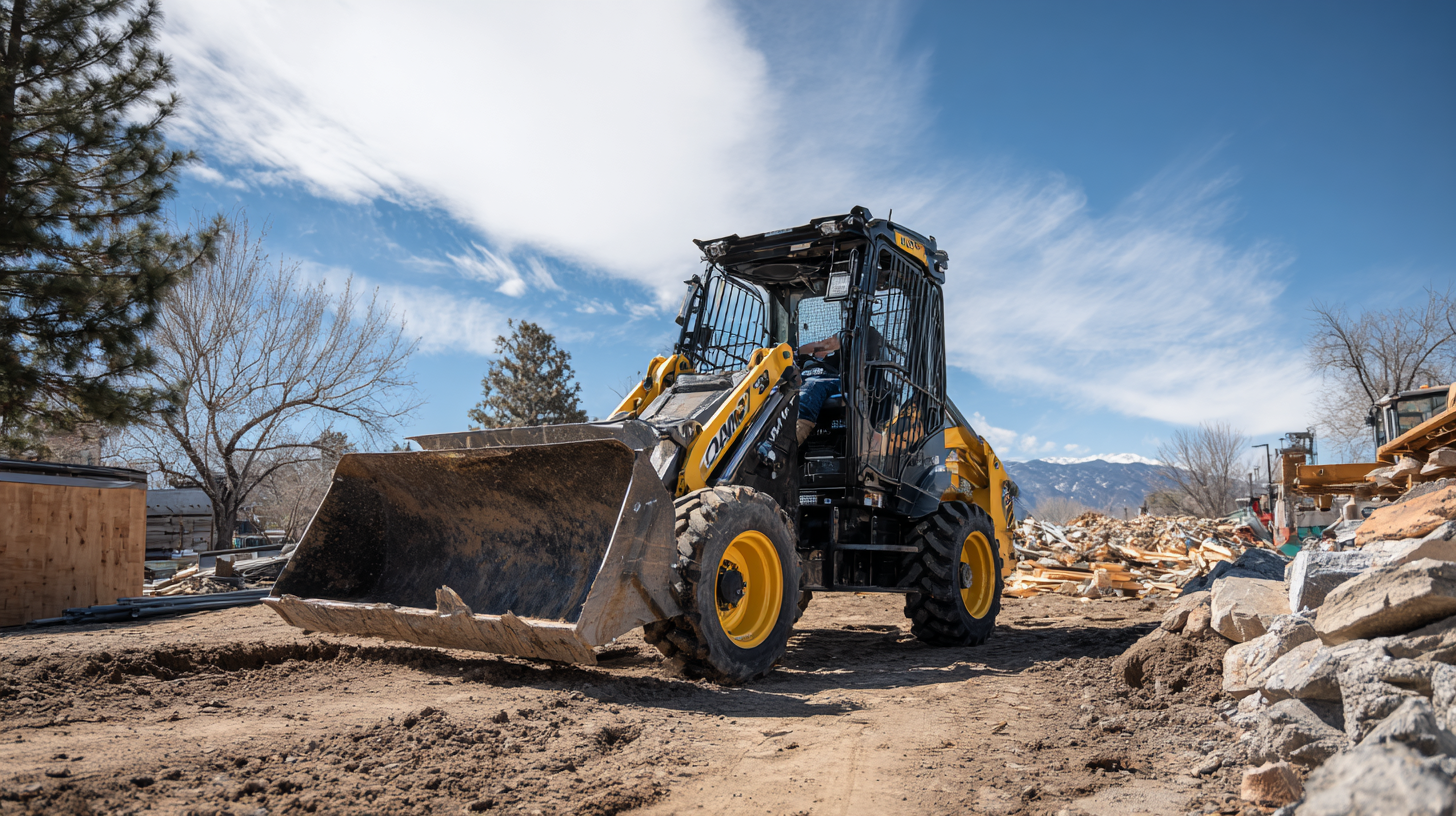
When selecting the right Sany skid steer for your project needs, it's crucial to consider the attachments and accessories that can significantly enhance its functionality. Just as various peripherals can elevate the performance of laptops, such as stands and external displays, the right attachments for a skid steer can drastically improve its versatility. From bucket attachments for digging and lifting to specialized tools for landscaping or snow removal, choosing the right equipment can enable you to tackle specific tasks more effectively and efficiently.
Moreover, the integration of advanced attachments can promote productivity and safety on-site. For instance, features that allow for easy switching between tools ensure minimal downtime, allowing operators to focus on their job rather than spending time on equipment changes. This is akin to the way modular accessories for smartphones enhance user experience by providing tailored solutions for different functionalities. By investing in the right attachments and accessories tailored to your project's unique demands, you can maximize the capabilities of your Sany skid steer and ultimately achieve better results.
| Model | Engine Power (HP) | Operating Capacity (lbs) | Max Lift Height (in) | Common Attachments |
|---|---|---|---|---|
| Compact Model A | 50 | 1,200 | 80 | Bucket, Forks, Tree Spade |
| Mid-Size Model B | 74 | 1,600 | 96 | Auger, Grapple, Paver |
| Heavy-Duty Model C | 90 | 2,200 | 102 | Snow Blade, Broom, Pallet Fork |
| All-Terrain Model D | 80 | 1,800 | 90 | Dump Trailer, Bale Spear, Brush Cutter |
| Skid Steer Model E | 60 | 1,400 | 85 | Fork, Backhoe, Hydraulic Breaker |
When considering the purchase of a Sany skid steer, assessing your budget and financing options is crucial to ensuring a successful investment. Start by determining the total cost of ownership, which includes not just the purchase price but also maintenance, insurance, and any necessary attachments. A clear budget will help you identify models that meet your operational needs without overextending your finances.

Financing options can greatly influence your purchasing decision. Many dealerships offer various plans, including loans and leasing arrangements, which can allow you to acquire the equipment without a substantial upfront payment. It’s important to compare interest rates, repayment terms, and any hidden fees across different lenders. Additionally, consulting with your financial advisor can provide insights into the best option for your specific situation, ensuring you make an informed choice that aligns with your project requirements and financial health.
When selecting a Sany skid steer for your project needs, researching dealers and assessing after-sales support is crucial. A recent industry report indicated that 70% of construction professionals prioritize dealer reliability when making purchasing decisions. Choosing a reputable dealer ensures not only access to high-quality equipment but also critical support services that can save time and money during project execution.
Tips: Ask potential dealers about their warranty policies, spare parts availability, and maintenance services. Engaging with past clients inquiring about their experiences with dealer support can also provide valuable insights into how well a dealer stands behind the products they sell.
Additionally, consider the after-sales support provided by the dealer. According to a survey by the Equipment Leasing and Finance Association, companies that received strong after-sales service reported a 30% increase in operational efficiency. That support can range from immediate access to spare parts to knowledgeable technicians ready to assist on-site. Investing time in evaluating these aspects will ensure you choose a Sany skid steer that not only meets your operational demands but also keeps your projects running smoothly.
